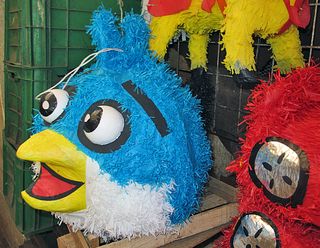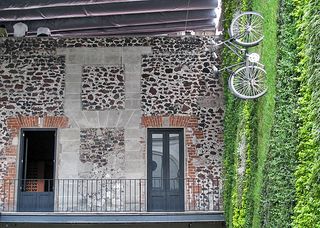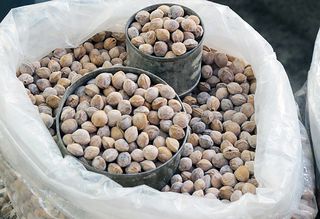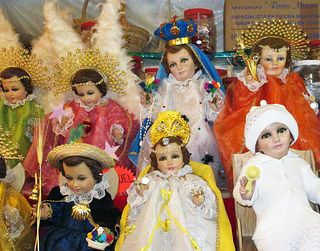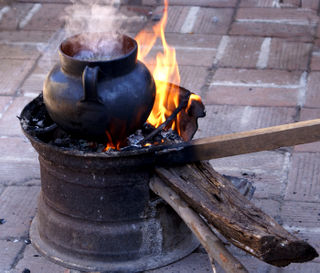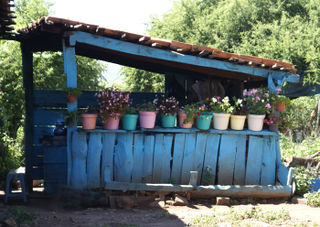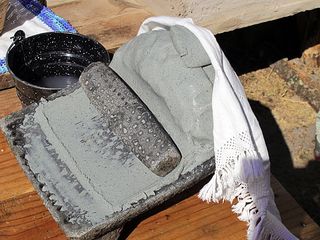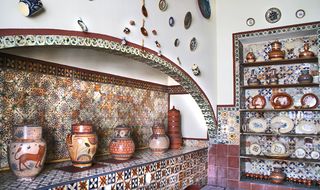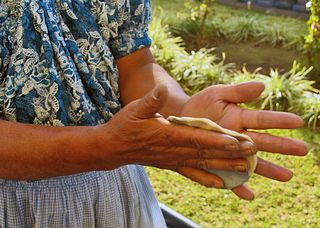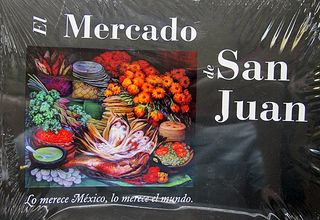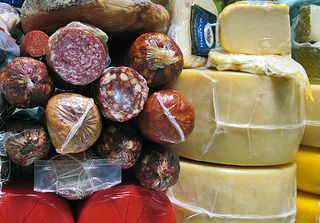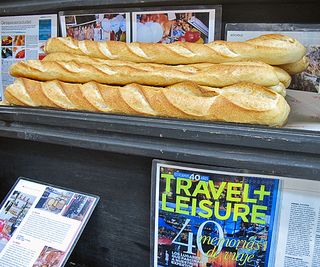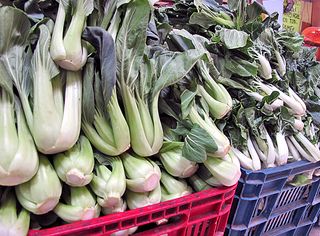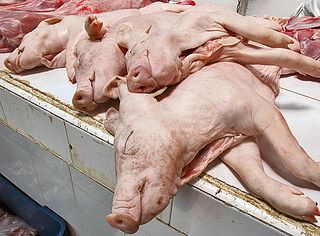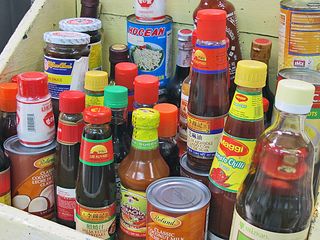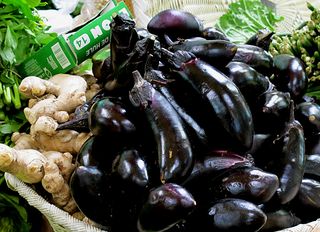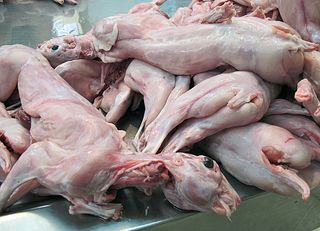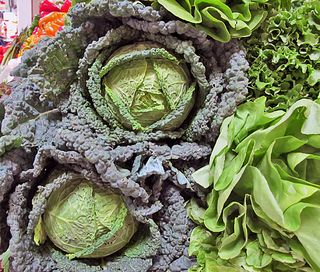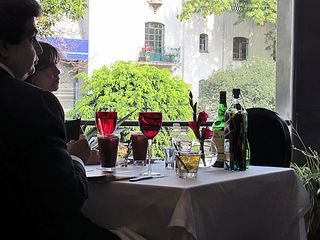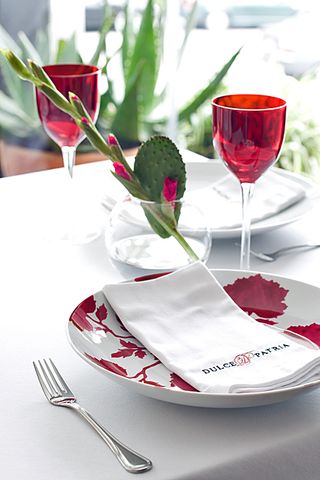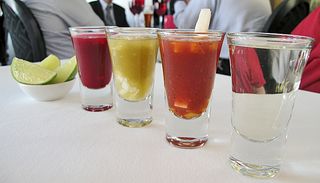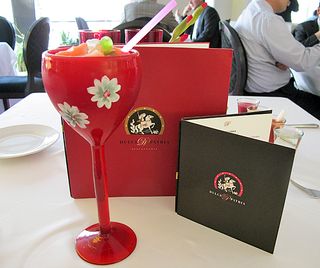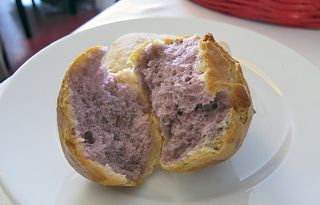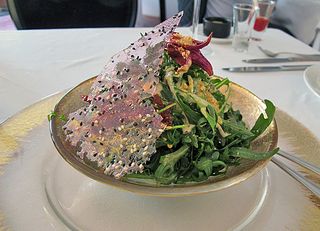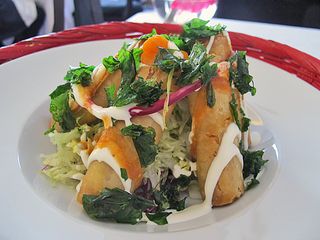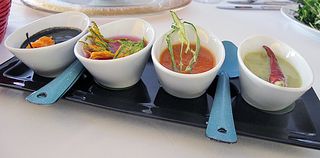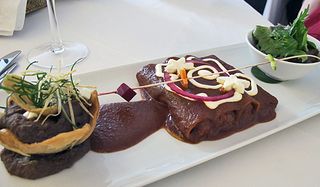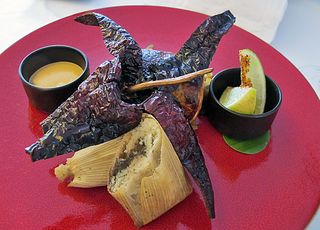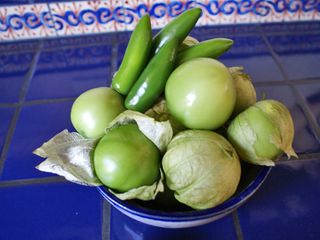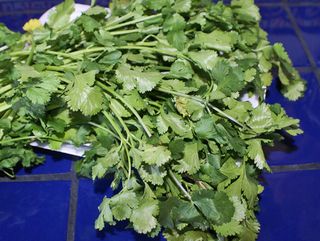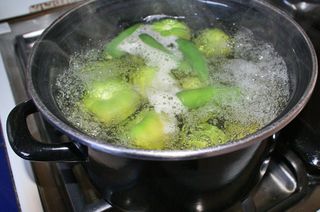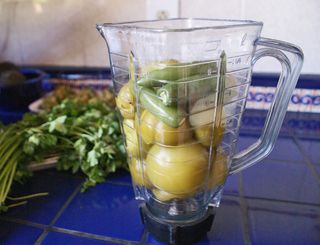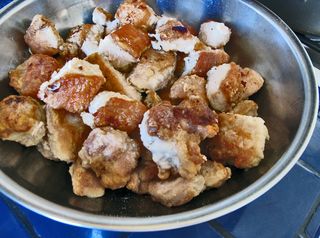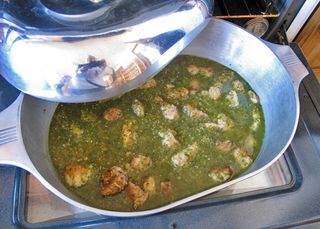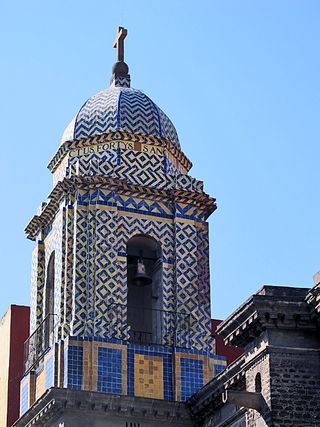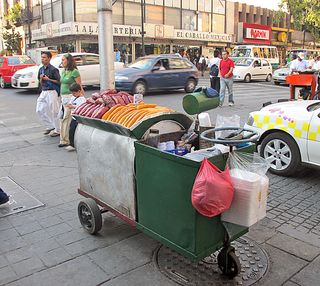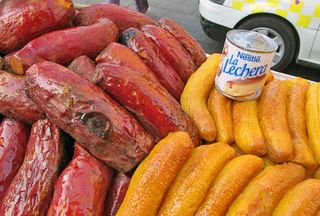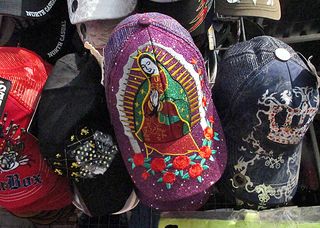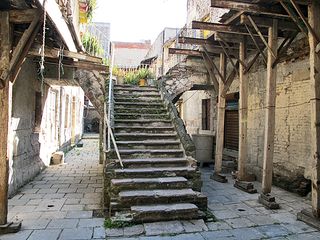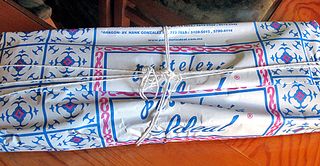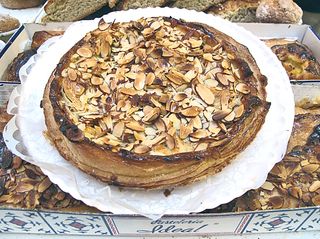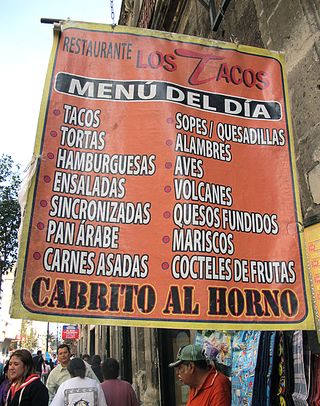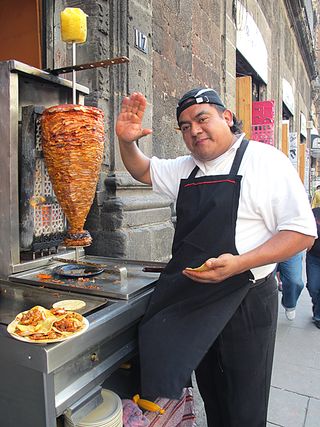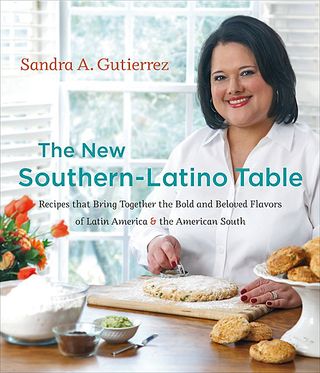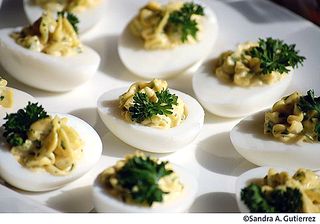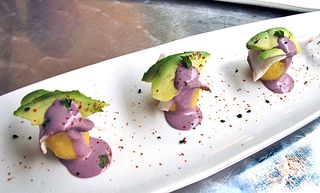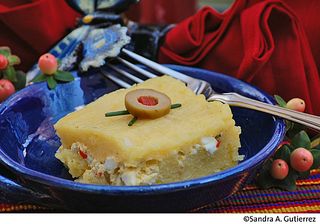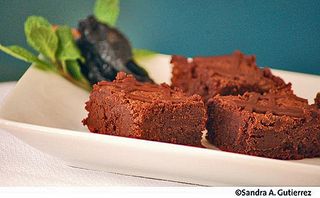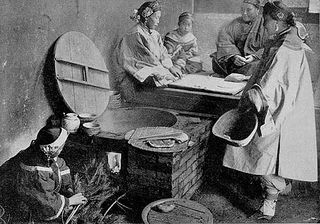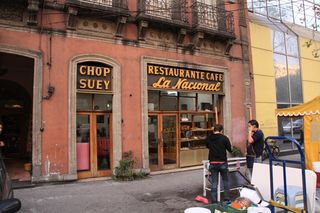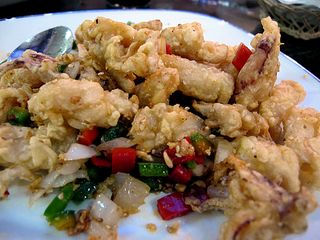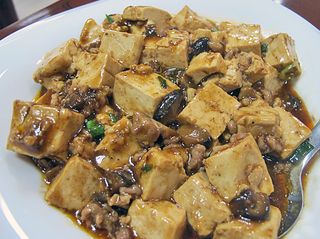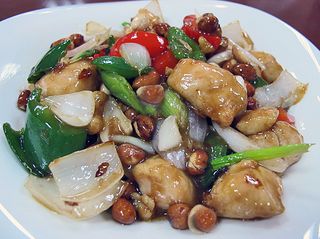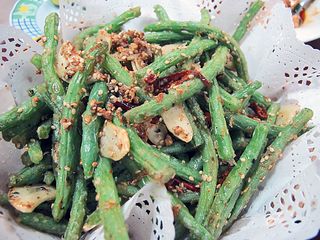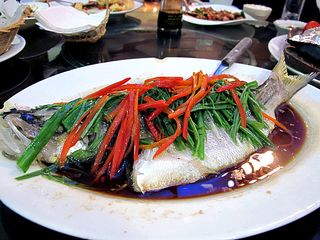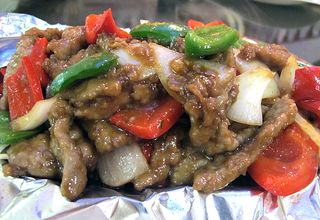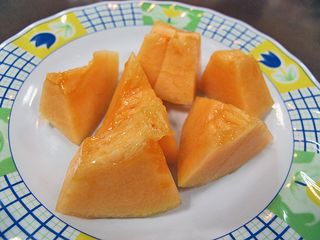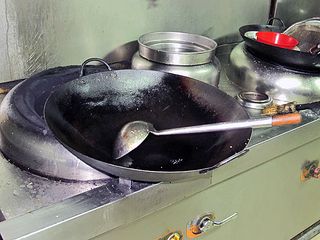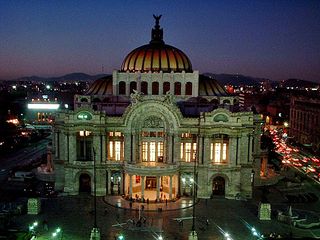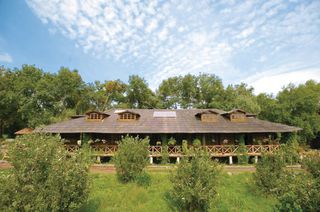
Zirita, in a rural paradise mere minutes from Morelia's busy Centro Histórico (historic center), is a center of traditional culinary teaching and experiences. Photo courtesy Guillermo Martínez Acebo.
The frame for Michoacán's traditional cuisine, in one of its most genuine forms, with the warmth of a wood fire and the application of hereditary techniques passed down through generations, are the essence of Zirita. Its creator, owner of Morelia's Restaurante San Miguelito and culinary promoter Cynthia Martínez, prefers to call it 'a workshop of gastronomic experiences'.
The old saying "…the mountain goes to Mohammed…" is especially true in terms of the opening of Zirita. The great merit of Zirita is its nearness to Morelia, Michoacán's capital. In the last several years, various regions of the state of Michoacán have become known for its ancestral culinary values. The subtleties, secrets, flavors and perfumes of some of the most reknowned sanctuaries of Michoacán's cuisines–for example, in the case of Angahuan, where Purhépecha women have continued and spread the great expression of food in their communities–will be present in these remarkable cooking classes. Zirita brings the regional cuisines of the most remote pueblitos (small towns) of Michoacán into readily accessible Morelia.
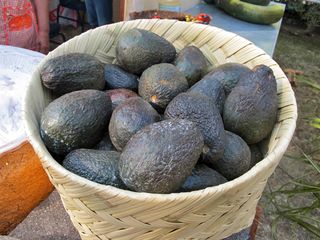
Michoacán's oro verde (green gold): the ubiquitous Hass avocado, which over the last 30 years has become one of the state's most lucrative crops as well as a prominent fixture in its cuisines.
Located close to Morelia's urban center and very nearly part of the city itself, Zirita is a space apart from the hustle and bustle of Morelia. The workshop location allows the visitor to experience the delights of country life, the sounds of nature, as well as the joys of flowers, fruits, and herbs as a daily recurring theme. Zirita is a small complex which has as its center a large troje (typical Purhépecha house). The troje, in turn, has, above all else, the kitchen as its heart: the place where supplies are stored, where preliminary food preparation is done. This is a traditional Purhépecha outdoor kitchen, supplied with all of the utensils used in any Purhépecha community's cooking techniques.
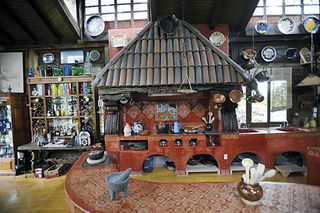
At Zirita, your hands-on experience will be preparing traditional foods typical of the pueblitos (small towns) of Michoacán as well as Mexican dishes common in other parts of the country. Photo courtesy Guillermo Martínez Acebo.
During a workshop experience, traditional cooks and visitors can prepare great delicacies from old family recetarios (collections of recipes). Those regional delights include atápakuas, corundas, uchepos, churipos, moles, adobos, and a thousand other culinary creations from the state of Michoacán. Needless to say, visitors learn to prepare tortillas from corn ground on the metate, patted out by hand, and cooked on a comal (clay griddle) placed over a fogón (cooking fire) contained by paranguas: the three stones which sustain the food world of the Purhépechas. The paranguas are a symbol of the cosmos, of family and community values, and of the relationship and harmony of humankind with nature and with the gods.
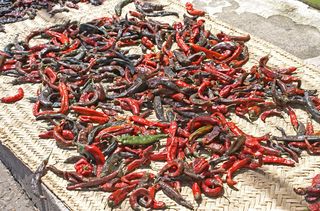
Chiles pasillas drying in the sun. When green, we know this long, fleshy chile as chilaca. Sun-dried in its mature (red) state, it is called chile pasilla. Typically part of the Michoacán chile repetoire, it is grown around north-central Queréndaro, Michoacán.
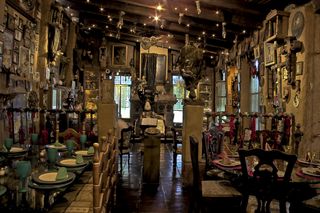
El Rincón de las Solteronas (the Old Maid's Corner), Restaurante San Miguelito. Photo courtesy Alejandro Canela.
Art and fine crafts are distinctive characteristics displayed at Restaurante San Miguelito, celebrated home of Saint Anthony standing on his head. The items displayed in the room, site of the hopes of so many women from Mexico and the world, are also a distinctive element of Zirita. In addition, Zirita has a great variety of herbs which complement the inventory of nuances, delicate touches, and details which nourish its cooking fires.
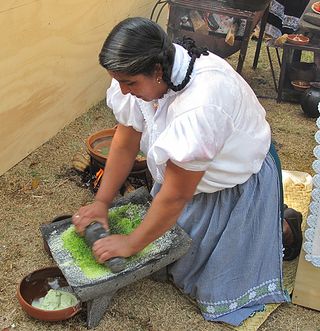
The wonderful Maestra Benedicta Alejo, fine regional cook and cornerstone of the Zirita experience, grinds green herbs and chile seeds on her metate. She is preparing tzirita, the typical Purhépecha dish that gives the cooking school its name.
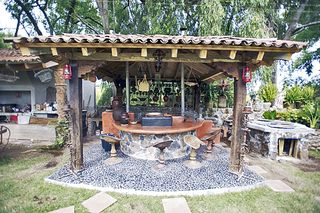
Outdoor kitchen at Zirita, with its traditional fogón, comal, and all of the utensils common to the Purhépecha kitchen. Photo courtesy Guillermo Martínez Acebo.
Conceived as a cooking school, Zirita (which means 'seed' in the Purhépecha language) offers several different experiences to anyone who is interested in knowing the essence of Michoacán's culinary traditions. Those traditions, nourished by legends and family tips, by old sayings and anecdotes, by the wisdom of traditional cooks, is presented almost as if the women were in their own homes. However, in this case it is a shared home, completely outfitted as a faithful replica of the different processes of cooking. Broken down into specific themes, ranging from how to make a tortilla to the preparation of the most complex dish of mole de boda (wedding mole), Zirita offers an opportunity to learn these culinary traditions from their most worthy and authentic bearers. In addition, the visitor learns to use the tools and classical artifacts of the Mexican kitchen, right down to the teachers' secrets for their maintainance and use–including how to cure or 'educate' a metate.
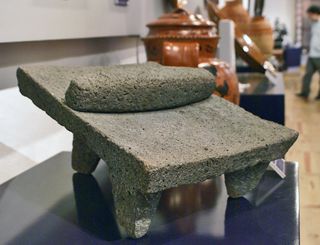
The metate and metapil (three-legged volcanic stone grinding board and its roller). This kitchen tool has been used since well before the Spanish arrival in the New World.
Cynthia Martínez said, "This has been a very intense effort, from the construction of the site to the fitting-out of the different areas. To begin with, traditional cuisine is an authentic showcase of the riches of our people with the added factor that in addition to its beauty, everything in the cuisine has a use.
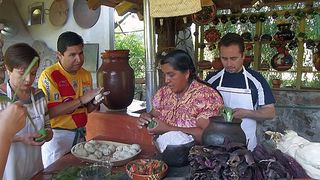
Zirita cooking class taught by Maestra Benedicta Alejo. Photo courtesy Rubén Hernández.
"Nevertheless, the intellectual and emotional richness, and the sum of so many lives are concentrated in this place with the presence of women like Benedicta Alejo, one of the most enthusiastic transmitters of our culinary inheritance. By way of the courses, local, national, and international visitors can live the excitement of making their own tortillas, of grinding chiles, of treasuring our wild herbs as part of one of life's rituals. The huge difference is doing these things in completely traditional terms, living the chat and the get-togethers which start in our markets. Much of the wisdom that our women possess makes them standard-bearers and the ones who will continue to impart the knowledge of food which is one of our great national treasures, as a culture and as a country."
Original article written by Rubén Hernández and published in Spanish at Crónicas del Sabor, translated by Mexico Cooks!.
Zirita
Zirita Culinary Experiences
Circuito de los Manzanos 250
Colonia Arcos de la Cascada
San José del Cerrito
Morelia, Michoacán
Tel. 011.52.443.275.4536 (from the United States)
All of the Zirita experiences are available in either Spanish or English.
Looking for a tailored-to-your-interests specialized tour in Mexico? Click here: Tours.
